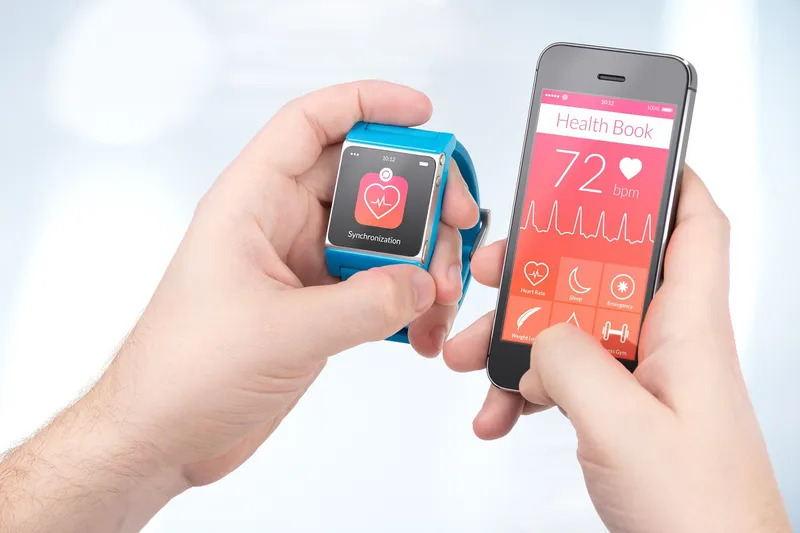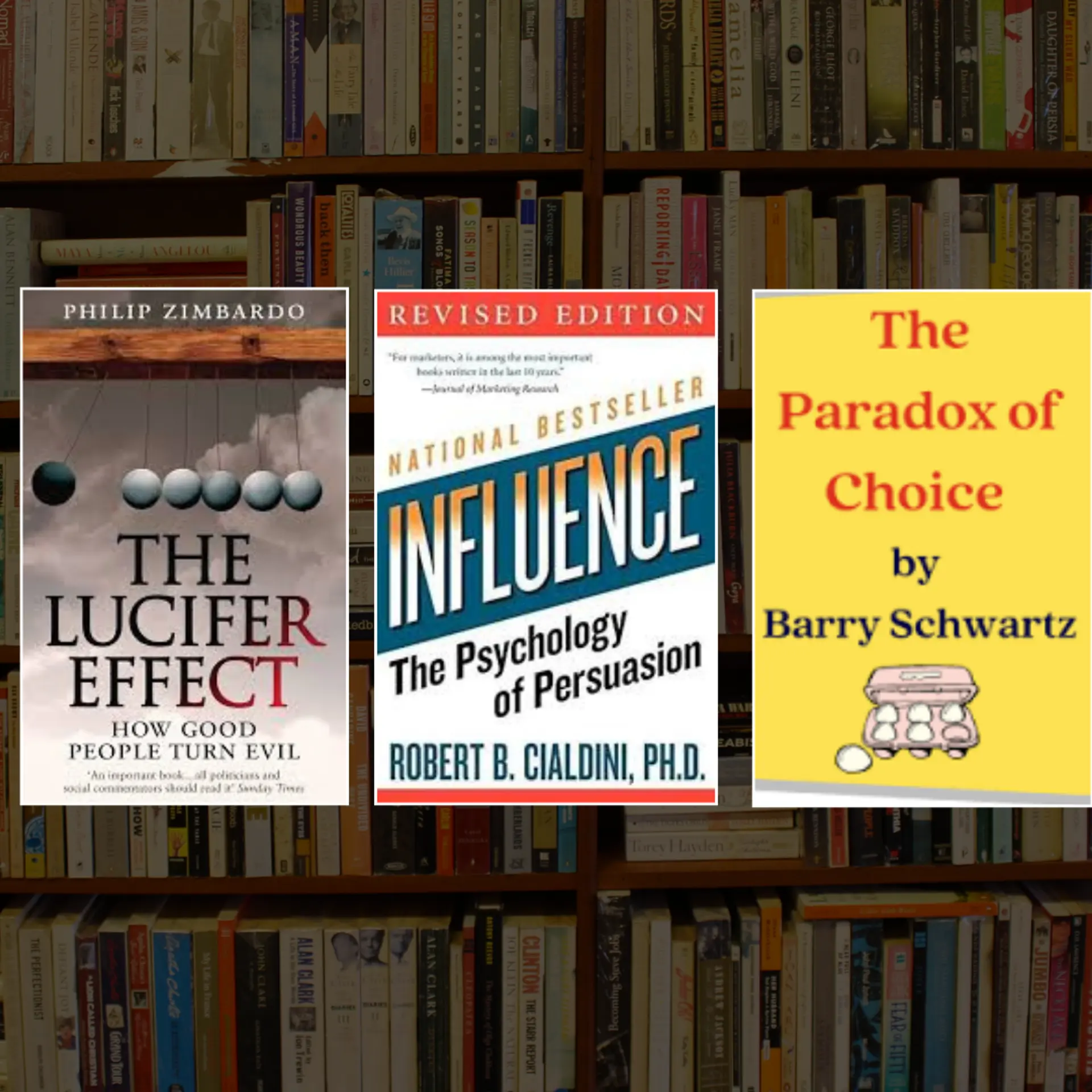

Healthcare is an evolving industry. As times change, so does the developments and discoveries that doctors, scientists, and medical experts make. So why wouldn’t the healthcare industry eventually go mobile?

Healthcare apps are beginning to evolve into its own industry. There is expected to be a growth of at least 50,000 healthcare apps by 2025, which is ten times more than what is estimated in 2019. Healthcare apps can help aid a clinic in becoming more personal with their patients; an individual keep track of their fitness, nutritional, diets, and calorie in-take; and someone with anxiety get through their panic attack.
There are multiple apps out there, trying to help people become the best they can be. That is why it is important for mobile developers to design and create mobile apps that can help individuals and patients get the healthcare they need.
When developing a healthcare app, there are 6 things that you must keep in mind:
1. Know Your Audience
When designing your app it is best to know your audience. In this case, if it is a tele healthcare app for doctors and patients to connect, you want to be sure to develop an app that fits all their needs. You want to create a trustworthy app for your client and their patients.
One way to create a trustworthy app is to have an interface that breaks down all the patients’ on-going conditions and treatment plans. Additionally, their medication usage can automatically be cross-referenced to a database containing all medications to determine if there are any interactions.
Now if a client is asking for a nutritional, or diet app, the expectations may be different. With those types of apps, there is no communications with nutritionists or doctors. It is important to get all the information correct and provide an easy to use interface.
2. Create a User Guide
When creating a healthcare app, there is a risk that the UI/UX may be confusing or hard to understand. That is why a developer might consider creating a user guide, or a series of “how-to” sections so patients can easily work through accessing their medical information and communicating with their doctor.
Step-by-step instructions allows a new patient to understand the inner workings of the healthcare app they are using. Creating this simple guide can possibly solve numerous issues, such as not wasting medical staff’s time to teach their patients on how the app works.
3. Functional Communication Portals
There are some healthcare apps that include communication portals, where you can speak directly to a doctor, medical professional, or to other individuals that are doing the same health regime as you. In these apps, it is important to have an easy and functional communication portal. If the portal is not functional, then there is a risk that the users will not even bother using the app.
When creating a communication portal, you want to ensure that the individual’s private information is secure, messages are being received from both end, and the UI is easy to use for the average person. If one part of the interface goes wrong, your client could assume that the rest of the app will not function smoothly. This will cause clients and patients to distrust your app.
4. Design Matters
The average person is more likely to trust a website or app by its appearance. That’s why when developing an app, you should put just as much effort into the UI as you would with the UX. When designing, the color scheme should evoke emotions that are peaceful and comforting. Colors that help create this are blue, green, white, and various other colors. You want to create a design that is simple and gentle to the eye.
There should even be considerations for the type of font to be used. You don’t want to use fonts that are crazy and hard to read. You would need to think about the type of people who would use your app. If they are more elderly, you may need to use font that is bigger and easier to read. If they are a younger crowd, you might add a little bit more flare.
5. Make Sure it is HIPAA Compliant
As a developer, you should have a good understanding of HIPAA Compliance. If you want clinics and medical staff to take you seriously, all healthcare apps need to be HIPAA Compliant. There are multiple discussions right now, saying that this is where most healthcare apps fall short.
Medical staff show a concern for the lack of security on healthcare apps, yet this could easily be fixed. All you have to do is ensure that your healthcare app is secure when transmitting patient data by validating your security. Right now, many developers are testing ways to ensure privacy. One method that they are hoping to tap into is blockchain technology.
Blockchain technology is only in the beginning stages of being used as a way to secure patient data, but in the future it has a strong possibility to be the main way to secure data. The reason being is that blockchain is a system that records and distributed data between peer-to-peer transactions.
6. Testing App for Functionality
Once the app is done, a developer should be prepared to make additional adjustments. If a client, is saying there is something wrong with the interface, design, or anything else-- it is important to fix it for them to want to come back again and again. In one study, it is shown that patients will give up on an app if there are issues with interface.
That is why it is important to test the functionality of your app. Some things to look out for are:
- Data Confidentiality-- making sure that patient information is protected.
- Usability -- ensuring that the UI is working as it should be.
- Compatibility Between Platforms -- checking if your app is supported on all platforms (iOS, Android, etc.)
These are only a few things to check for. There could always be more issues that arise when developing your app. You should take the time to check for anything that may be problematic for a potential patient, doctor, or client.
Conclusion:
Overall, these are items should always be in the back of your mind when you are creating a healthcare app. As a developer, you want your clients to be happy with a secure, easy to use, mobile app. You want to listen to any critiques they may have and use them to your advantage. By following these tips, you are already one step ahead from your competitors.




![Get more Views on YouTube for FREE [Complete Guide]](https://images.yourstory.com/cs/1/c0899f40-0509-11e9-9820-1f4fb7912c4d/Get_more_Views_on_Youtube_complete_guide1561245757751.jpg?mode=crop&crop=faces&ar=1%3A1&format=auto&w=1920&q=75)


